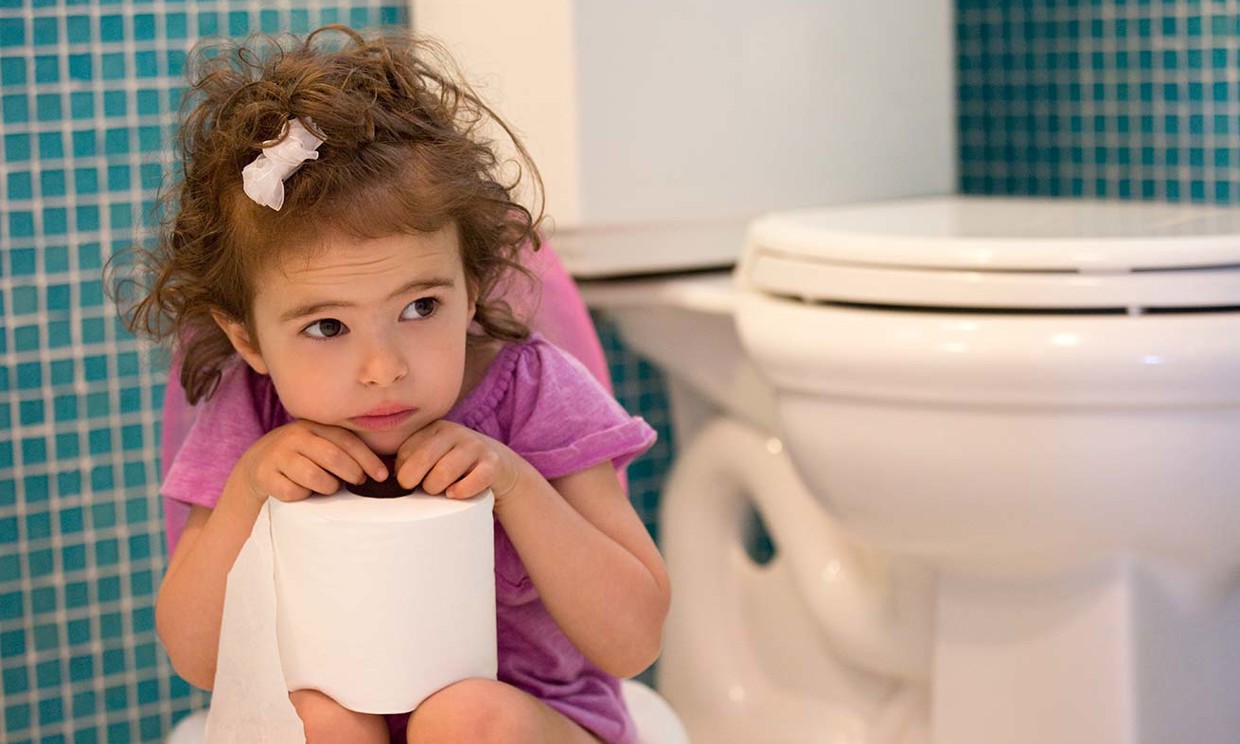When you are starting to think about toilet training with your child, one of the most important aspects to consider is if your child is ready.
Goodstart Montrose centre director Angela Price says there is no use starting toilet training if the child is not ready or is not aware of toileting.
When do you start toilet training?
“When your child is ready they will start to show signs they are interested by sitting on the toilet, becoming more aware of being wet, and they become interested in other children using the toilet or the potty,” Ms Price said.
Other signs of your child being ready include them walking and sitting for short periods of time, becoming more independent, having dry nappies for up to two hours, and beginning to dislike wearing a nappy, especially when it’s wet.
Being able to pull his or her pants up and down and showing an understanding of where things are around the house are all good signs.
“We start the training every nappy change and teach the child to sit on the potty every one or one and a half hours. Some children pick it up within three days and others take a lot longer.
“Some have special knickers or undies with characters they like on them, some parents make a big deal of it and others don’t worry as much.”
Other tips include listening to your child – do they want privacy? Do they want you there with them? Do they want to read a book, sing a song?
“It all depends on each child so you need to work through a few techniques before you find out what works.
“We don’t believe there is an age when they need to be ready. We have little ones who use cards to tell us when they need to go, and older children who are not quite there yet.”
How to prepare
- When you have decided the time is right, make sure you have everything ready. Choose whether you want to use a potty or the toilet. A potty is portable and easier to get on and off but it’s important to find out what your child is comfortable with. If using the toilet, make sure you have a ladder or step for the child to stand on, and a smaller seat for the inside of the exisiting toilet seat.
- Choose a day, or a couple of days, when you don’t have to leave the house. Stop using nappies and begin using underpants. Summer is a great time to start so that the child doesn’t have to wear a lot of clothes. Sit your child on the toilet or potty every hour or hour and a half. Look out for signs that they need to go to the toilet and take them before bed, a bath, or going out in the car.
- When you’re out and about, make sure you know where the nearest toilet is and take some spare underpants and clothes.
- Many children will master toilet training during the day but not at night. Some will need a nappy at night until they are six or seven, or even older.
For more information visit: http://raisingchildren.net.au/articles/toilet_training.html


